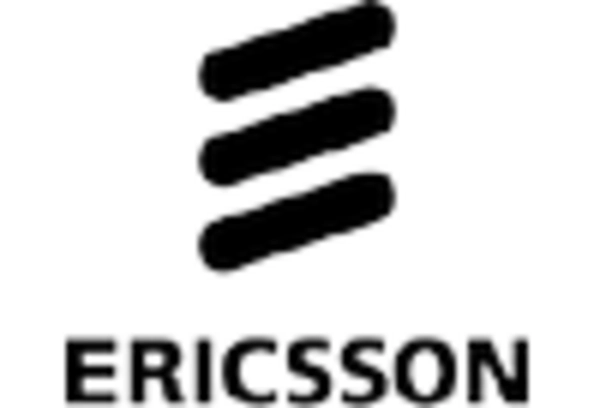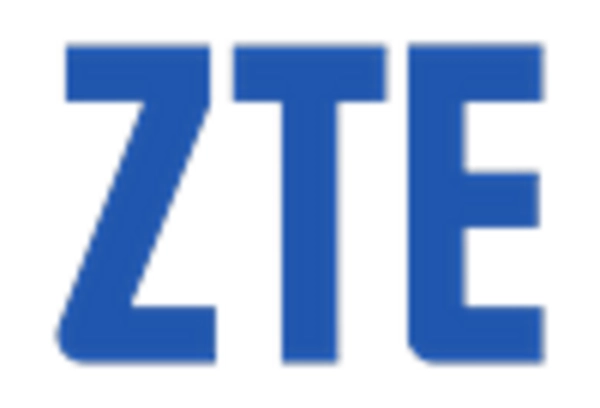Regulatory Support for LTE Networks
The regulatory environment in Canada plays a pivotal role in shaping The LTE Critical Communication Market. Government initiatives aimed at enhancing public safety communications have led to the establishment of frameworks that support the deployment of LTE networks. For instance, the Canadian Radio-television and Telecommunications Commission (CRTC) has been actively promoting policies that encourage investment in advanced communication technologies. This regulatory support is crucial as it not only facilitates the expansion of LTE infrastructure but also ensures that critical communication services are reliable and accessible. As a result, the lte critical-communication market is likely to experience growth driven by favorable regulations that promote the adoption of LTE technology across various sectors, including emergency services and public safety organizations.
Investment in Public Safety Initiatives
Investment in public safety initiatives is a significant driver for The LTE Critical Communication Market in Canada. Government funding and private sector investments are being directed towards enhancing communication systems for first responders and emergency services. This focus on public safety is evident in various provincial and federal programs aimed at upgrading communication infrastructure. For example, the Canadian government has allocated substantial budgets to improve emergency response capabilities, which directly impacts the lte critical-communication market. As these investments continue, the market is expected to grow, with an emphasis on developing advanced LTE solutions that meet the evolving needs of public safety agencies.
Growing Focus on Inter-Agency Collaboration
The growing emphasis on inter-agency collaboration is influencing The LTE Critical Communication Market in Canada. As various public safety organizations recognize the importance of coordinated responses during emergencies, there is a push for communication systems that facilitate collaboration across different agencies. The lte critical-communication market is adapting to this need by offering solutions that enable seamless interoperability among diverse communication platforms. This trend is likely to enhance the effectiveness of emergency response efforts, as agencies can share critical information in real-time. Consequently, the market is expected to expand as more organizations invest in LTE technologies that support collaborative communication efforts.
Technological Advancements in LTE Solutions
Technological advancements are continuously shaping The LTE Critical Communication Market in Canada. Innovations in LTE technology, such as enhanced data speeds and improved network reliability, are driving the adoption of these solutions across various sectors. The integration of features like push-to-talk and mission-critical voice services is becoming increasingly prevalent, allowing for more efficient communication among first responders. As organizations seek to leverage these advancements, the market is likely to witness a surge in demand for LTE-based communication systems. This trend suggests that the lte critical-communication market will continue to evolve, with a focus on incorporating cutting-edge technologies that enhance operational capabilities.
Increased Demand for Real-Time Communication
The demand for real-time communication solutions is surging in Canada, particularly within sectors that rely on immediate information exchange, such as emergency services and public safety. The lte critical-communication market is responding to this need by providing robust LTE solutions that enable seamless communication during critical situations. According to recent data, the market is projected to grow at a CAGR of approximately 15% over the next five years, driven by the necessity for timely and effective communication. This trend indicates that organizations are increasingly recognizing the value of LTE technology in enhancing operational efficiency and response times. Consequently, The LTE Critical Communication Market is positioned to expand as more entities seek to implement real-time communication capabilities.

















Leave a Comment